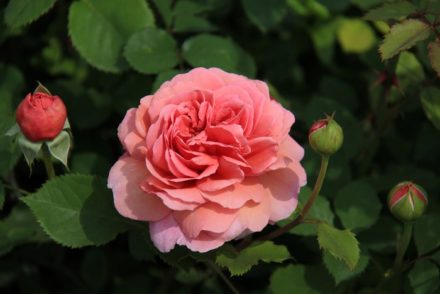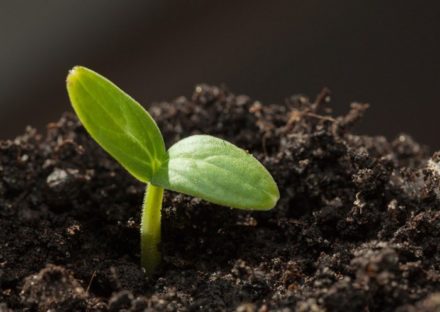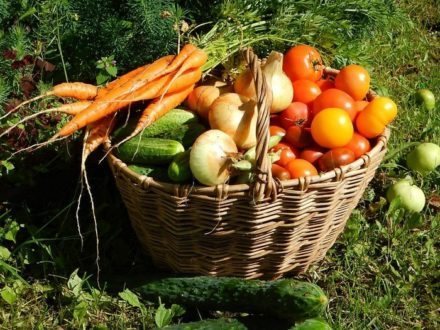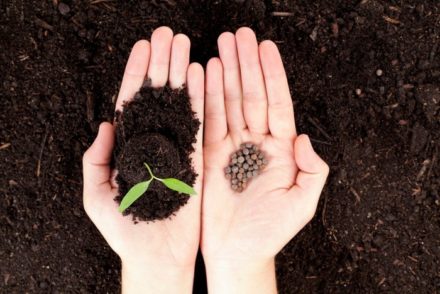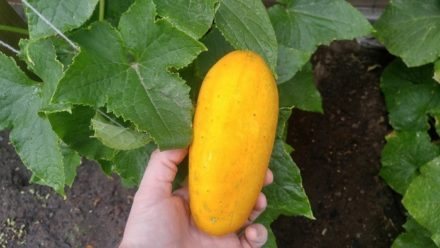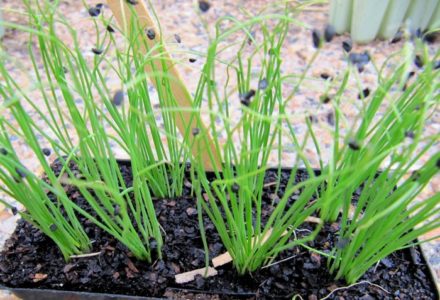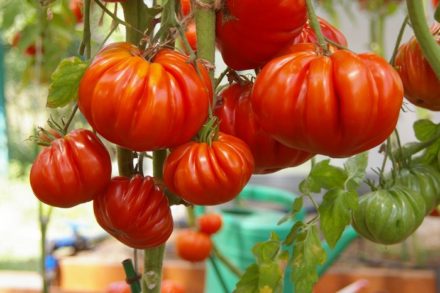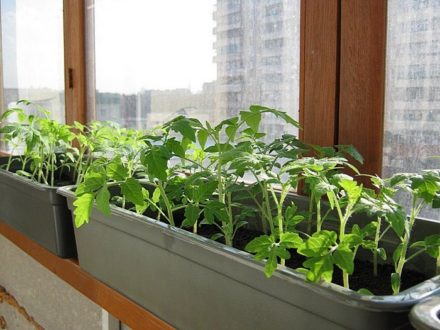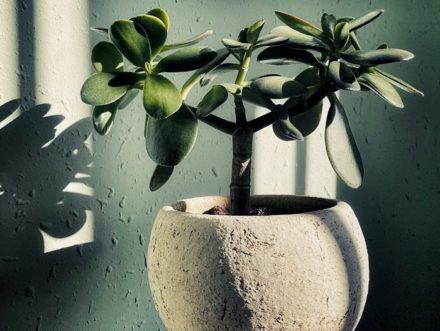With the onset of February - March, summer residents begin an active time to select varieties of various crops and prepare them for sowing. This is the most important and important stage in growing healthy plants and getting a rich harvest. Therefore, the most effective methods and means for seed treatment are selected.
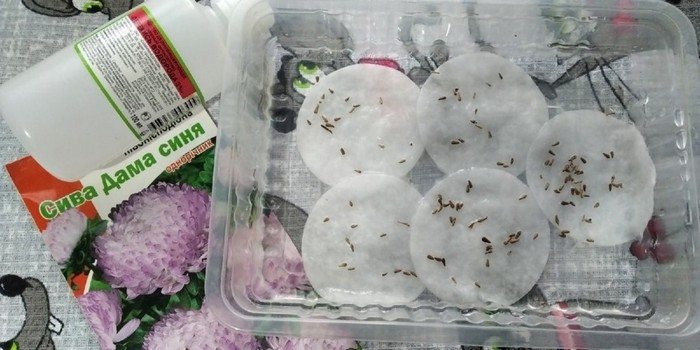
Hydrogen peroxide (H2ABOUT2)
Peroxide not only disinfects seed material, but also kills pathogenic organisms, bacteria, and fungi. It saturates the seed coat with oxygen, which promotes rapid germination of even old grains and helps the sprouts absorb nutrients. Treatment with peroxide increases the plant’s immunity several times. There is no single method of breeding for it; each gardener develops his own scheme and proportions, but there are two universal methods.
Etching in 10% H2ABOUT2:
- To do this, you need to take a glass or ceramic plate and place the seeds in it.
- Pour N2ABOUT2so that it lightly covers the seeds.
- Etching time - 10 minutes, maximum - 15 minutes.
- Then drain through a strainer and rinse under running water.
Etching in 3% H2ABOUT2:
- Heat the peroxide to 40 °C.
- Place the seeds in a ceramic bowl; do not use metal utensils.
- Pour warm peroxide for 5-10 minutes.
- After the procedure, rinse them using a strainer.
- You can immediately plant such seeds in open ground or in separate containers for the greenhouse.
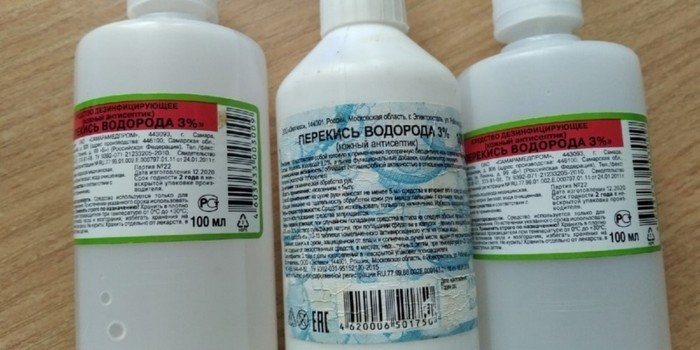
Boric acid
A natural antiseptic and insecticide will cope with disinfection from bacteria, larvae and eggs of pests, as well as some types of fungi.
Preparation of the solution:
- For 2 cups (400 g) of hot water 50-60 °C, take half a teaspoon of boric acid powder and dissolve. Be sure to stir until completely dissolved, since boric acid does not dissolve well.
- Cool to room temperature and pour over the seeds for 20-30 minutes, so that it covers them completely.
- After the procedure, rinse the seeds under running water and can be immediately planted in the ground.
Boric acid is a source of useful substances. It increases the immunity of seed material and promotes active growth and development of the plant.

Honey solution
Thanks to the large complex of useful components in honey, it promotes faster germination of seeds, is a natural antiseptic and a source of nutrients.
Natural honey is rich in vitamins C and group B, as well as macro- and microelements (37 elements). Among them are fluorine, potassium, calcium, iron, magnesium, acids (succinic, gluconic, malic and others). Therefore, it is often called real “gold”; it is in a special place among gardeners.
Preparation of the solution:
- Dissolve a teaspoon of honey in 200 ml of warm water at room temperature. Hot water cannot be used - it destroys the beneficial components in honey.
- The seeds are poured completely and left for at least 1 hour, maximum 12 hours.
- After soaking, be sure to rinse under running water.
Honey softens the shell, kills fungi and bacteria, accelerates germination and root formation.
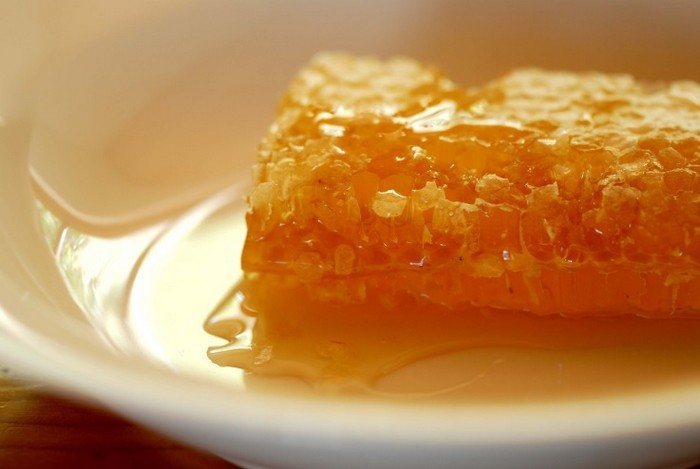
Baking soda
An alkaline soda solution disinfects seeds from powdery mildew, some types of fungi and bacteria, and also has insecticidal properties against larvae and eggs of pests. The solution helps to increase the germination of seed.
The soda solution should be slightly alkaline so as not to spoil the seeds.
- For 1 liter of warm water (room temperature), dilute 1 tsp. baking soda, not calcined - it is more aggressive and can cause poisoning in humans and burns in plants.
- Soak the material for 5-6 hours. For seeds with a strong shell - up to 24 hours, no more.
- After the procedure, rinse and dry.
The next day, you can plant the finished disinfected material in the ground.
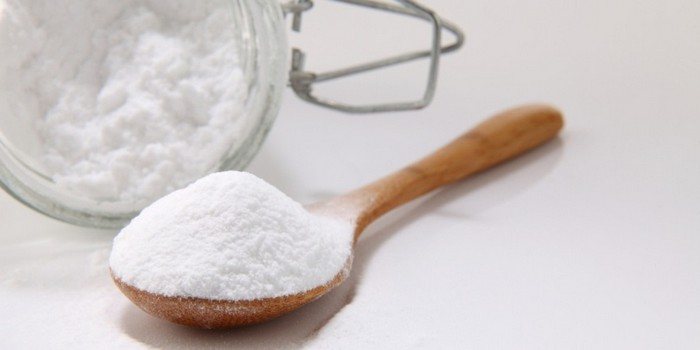
Processing of the material should always be carried out when the quality is in doubt, and even if it was collected from your own garden.


